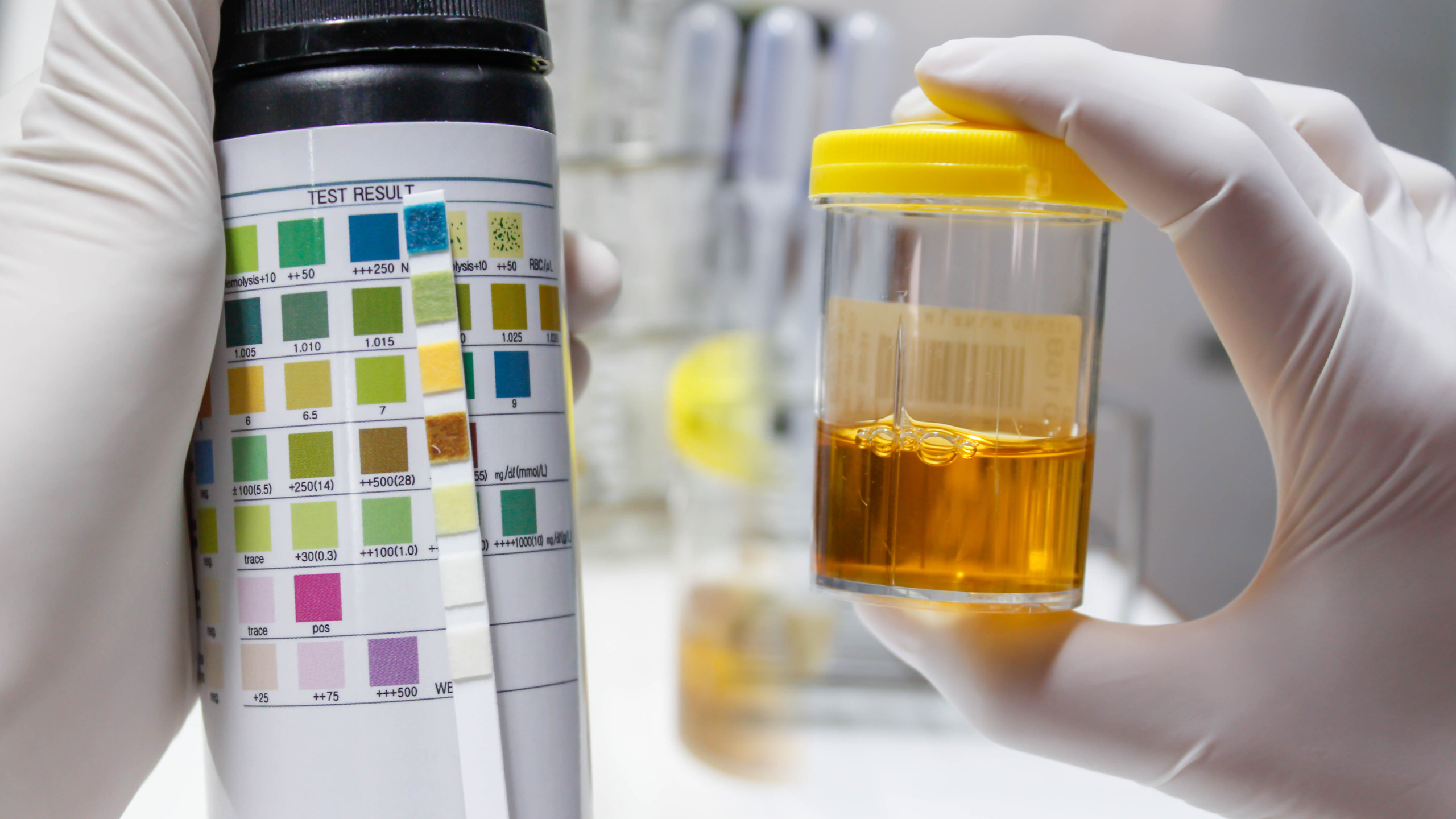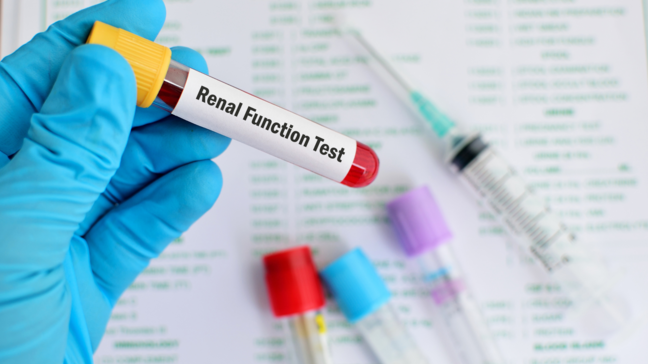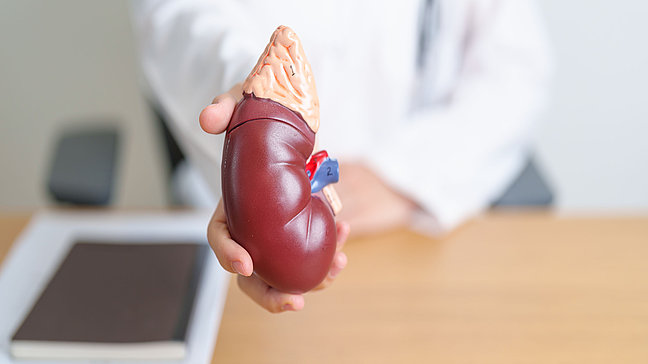
Urinalysis
Why is a urine analysis performed?
A urinalysis can be conducted for various reasons:
General health check-up: As part of routine examinations, urine can be analyzed to obtain early indications of possible diseases.
Diagnosis of specific symptoms: In cases of complaints such as abdominal or back pain, frequent or painful urination, or visible blood in the urine, urinalysis helps identify the cause.
Monitoring existing conditions: For already diagnosed diseases, such as chronic kidney diseases or diabetes, regular urine tests allow for the assessment of disease progression and therapy effectiveness.
How is a urine sample collected?
For a meaningful urine analysis, correct sample collection is crucial:
Cleaning: Before collecting the sample, the genital area should be thoroughly cleaned to avoid contamination.
Midstream urine: It is recommended to release the first part of the urine stream into the toilet and only catch the middle stream for sampling in the sterile container.
Quick processing: The sample should ideally be analyzed within an hour of collection. If this is not possible, it should be stored refrigerated until examination.
Which parameters are being examined?
The urinalysis includes several areas of examination:
Visual assessment: The color and clarity of the urine can provide initial indications of diseases. Cloudy urine, for example, may indicate an infection.
Chemical analysis using test strips: Various substances in the urine are detected:
pH value: Provides information about the acidity of the urine. Deviations can indicate metabolic disorders or urinary tract infections.
Protein: The presence of protein can be a sign of kidney diseases.
Glucose: Sugar in the urine often indicates diabetes mellitus.
Ketones: These are produced during fat breakdown and can occur in uncontrolled diabetes or strict diets.
Bilirubin and urobilinogen: Elevated levels can indicate liver diseases or hemolysis.
Blood: The presence of blood can be caused by infections, stones, or tumors in the urinary tract.
Microscopic examination: Under the microscope, components such as cells, crystals, or bacteria are identified:
Erythrocytes (red blood cells): Can indicate bleeding in the urinary tract.
Leukocytes (white blood cells): An increased occurrence suggests inflammation or infection.
Bacteria: Their detection confirms a bacterial infection.
Casts: These cylindrical structures form in the renal tubules and can occur in various kidney diseases.



